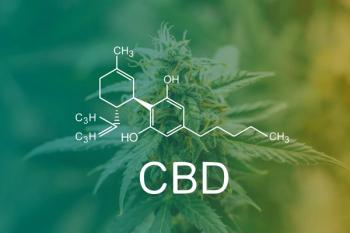
AOAC International Launches Accelerated Program Evaluating Test Kits that Measure Yeast and Mold in Cannabis
The Association of Official Agricultural Chemists (AOAC International) announced their new project to develop technical requirements, evaluate, and certify the performance of test kits that calculate total yeast and mold organisms in cannabis flower.
The Association of Official Agricultural Chemists (AOAC International) recently announced their new initiative to develop technical requirements, evaluate, and certify the performance of test kits that calculate total yeast and mold organisms in cannabis flower (1).
This new project will apply the Emergency Response Validation option of the AOAC Research Institute’s Performance Tested Methods (PTM) and AOAC International’s Official Methods of Analysis (OMA) programs with oversite from the Cannabis Analytical Science Program (CASP) advisory council. CASP reportedly brings together leaders from state and federal government, industry, academia, and contract laboratories to develop consensus-based standards and scientific methods for cannabis microbiological and chemical analysis (2).
For this joint program, it will allow for the rapid development of emergency Standard Method Performance RequirementsSM (SMPRs) through CASP to provide acceptance criteria for method validation while also conducting an evaluation and review of multiple test kit models in parallel through the PTM and OMA Programs to ramp up the availability and variety of certified test kits.
Yeasts and molds are able to grow in a large variety or environmental conditions, which can result in contamination of products and significant economic loss. With the absence of a federal framework of regulations for cannabis, states have been individually developing microbial testing requirements and setting action limits for approving or rejecting batches. According to the press release, most states have set action levels at one of two concentrations for total yeast and mold analysis: < 103 or 104 CFU/g (1). Between 10–20% of cannabis batches are estimated to fail these microbial contaminant requirements (3). Recent surveys of cannabis products were able to determine the presence of more than 4000 different fungal taxonomic classifications in cannabis flower, which included several pathogenic fungal agents.
Regulators with states have requested that testing facilities use AOAC validated methods to ensure safer products reach consumers. Currently, there are no AOAC certified methods for mold and yeast enumeration in cannabis products available. With this new endeavor, the main goal will be to create an emergency SMPR while also concurrently performing a matric extension to cannabis flower for PTM or OMA certified yeast and mold methods or be able to grant an Emergency Response PTM status for new methods.
The project began in mid-October 2020. Regulators, method developers, and cannabis or hemp laboratories interested in becoming a part of CASP or wanting to submit a method as part of the validation study are highly encouraged to get involved.
For more information about submitting a method or becoming involved in CASP, contact Scott Coates at
References:
https://www.aoac.org/news/aoac-international-activates-accelerated-program-to-evaluate-test-kits-that-measure-yeast-and-mold-in-cannabis/ https://www.einnews.com/pr_news/527233190/aoac-international-announces-accelerated-program-to-evaluate-test-kits-that-measure-yeast-and-mold-in-cannabis https://drive.google.com/file/d/1rCWw9AquV9Pr1STMbv8dySrU6L2wJHfI/view
Newsletter
Unlock the latest breakthroughs in cannabis science—subscribe now to get expert insights, research, and industry updates delivered to your inbox.




